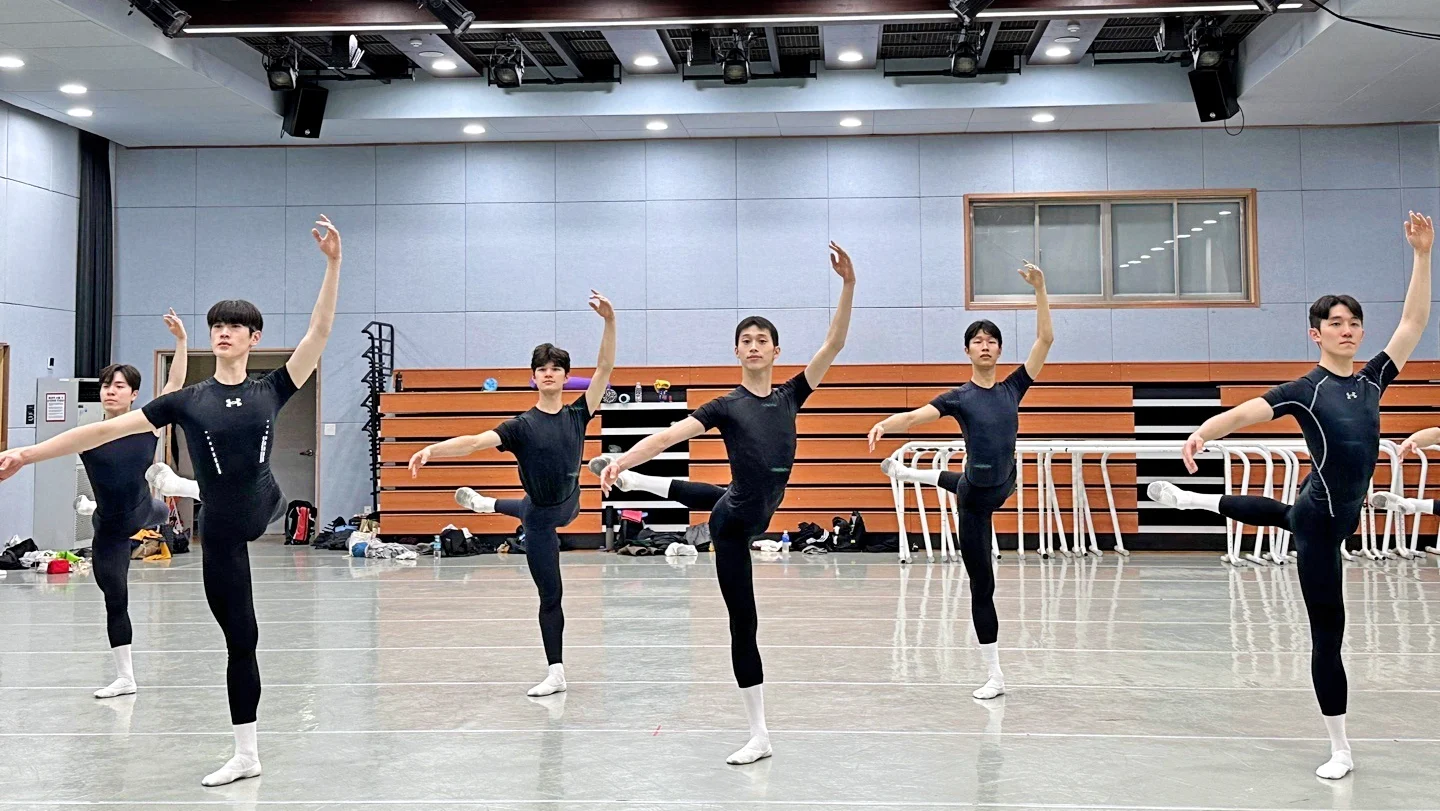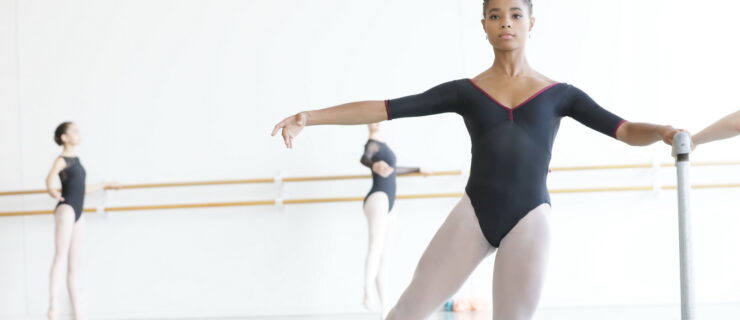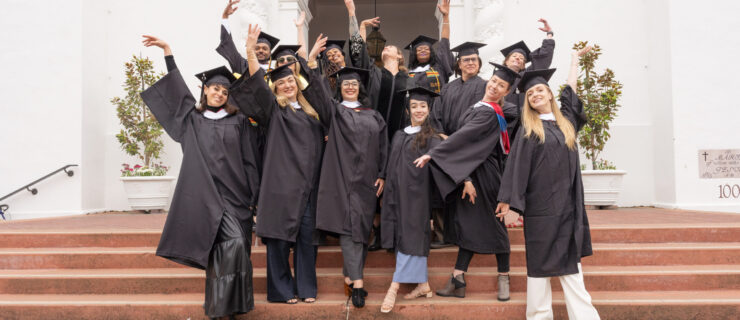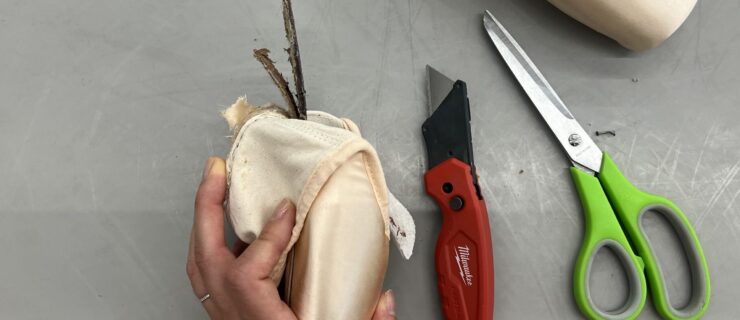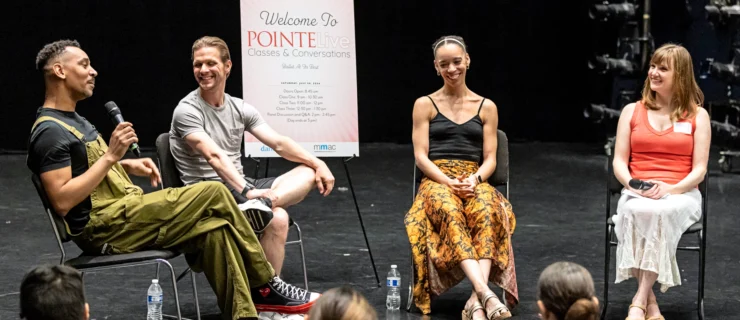Inside K-Arts, the Prestigious South Korean School Producing Major Ballet Stars
What do Mariinsky Ballet’s Kimin Kim, Paris Opéra Ballet’s Sae Eun Park, Dutch National Ballet principal Young Gyu Choi, and American Ballet Theatre’s Joo Won Ahn, Sung Woo Han, and SunMi Park have in common? All are alumni of South Korea’s Korea National University of the Arts and/or the affiliated Korea National Institute for Gifted in Arts, collectively known as K-Arts.
In fact, if you look at the top ranks of many world-class ballet companies, or the medalists of most major international ballet competitions, chances are you will come across a K-Arts dancer. Much like The Juilliard School in the U.S., the Seoul-based university encompasses different arts disciplines, including a prestigious music program. The Korea National Institute for the Gifted in Arts, or KNIGA, is the school’s gifted-and-talented program for elementary- and high-school-age students. While K-Arts is only 30 years old, its dance program has quickly gained an international reputation for producing pristinely trained ballet dancers.
Professor Sun Hee Kim has helped steer the school’s progress from the very beginning. Appointed inaugural professor in 1996, she also served as the director of KNIGA through 2011, and as the dance school’s dean from 2015–19. Trained in South Korea, with additional pedagogical education at New York University and the Vaganova Academy of Russian Ballet, Kim established a training system that is rigorous, comprehensive, and richly detailed.

In April, Kim and 30 K-Arts students came to New York City at the invitation of Valentina Kozlova to perform an evening of works during the weeklong Valentina Kozlova International Ballet Competition. While many of the K-Arts dancers were also participating in the competition (winning 22 medals in total), the performance gave American audiences a chance to see the scale of the school’s training, from students as young as 11 through university level. With the help of an interpreter, Pointe sat down for an interview with Kim and K-Arts dancers to hear more about what it’s like to attend this prestigious academy.
Establishing a Foundation
Kim grew up in South Korea, where she began ballet training at age 9. After graduating from college, she traveled to the U.S. to get her master’s degree in dance at NYU’s Tisch School of the Arts. There she studied under Lawrence Rhodes and noticed the care and attention he gave to each dancer in class. “I actively applied this approach to my teaching at K-Arts,” she says. “Additionally, I learned the importance of proper ballet fundamentals and the use of pure and clean lines without excessive ornamentation.” (Rhodes would eventually go on to lead Juilliard’s dance program for 15 years.)
Kim returned home and started teaching, but she was hungry to learn more. She spent time studying pedagogical methods in Italy and France before moving to the then-Soviet Union and completing the teacher training course at its esteemed Vaganova Academy.
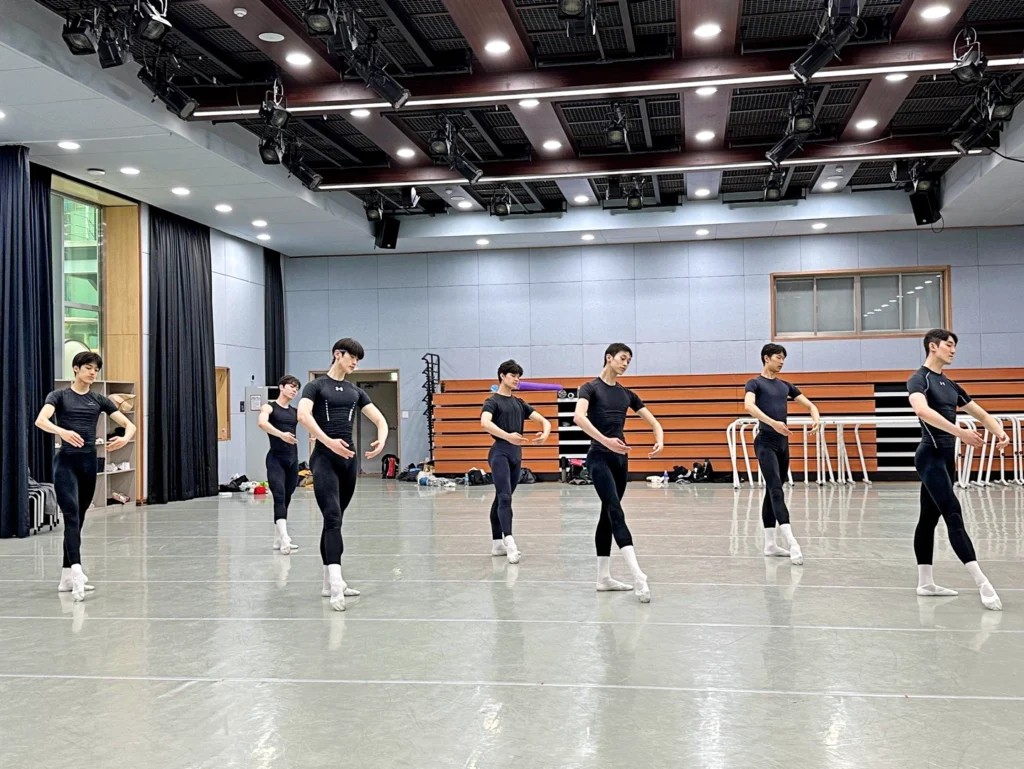
“I had some questions about dance education in Korea and what could make it work better,” says Kim, the first South Korean to attend the Vaganova Academy. “Going to the Soviet Union helped pull everything I learned together. In Russia they had a very strong, eight-year program of making a dancer step by step. And every step had a clear purpose of what needed to be accomplished before moving on to the next one.”
She returned to South Korea, bringing the Vaganova system with her and adapting it to better suit Asian dancers, both physically and culturally. When she started at the brand-new K-Arts in 1996, “I was able to establish my methods there because there was no system to fight,” she says. She recruited teachers who were on board with her teaching system. “We constantly communicate on what is the right way to teach, and are therefore quite united. We follow a very consistent program, which is probably one reason we’ve been so successful.”
College Program
K-Arts was recently named one of Asia’s highest-ranking arts schools by the QS World University Ranking. Its dance performance major, which includes a ballet and contemporary track, accepts only 13 students into each class. Most dancers begin the bachelor’s program at 18, although Kim says extremely gifted students as young as 15 (including 90 percent of K-Arts’ gifted-and-talented program) are allowed to start at the college level and graduate early.
While many dancers in the U.S. try to join a company right after high school, Kim says that forgoing college in general is not an acceptable option in South Korea. “Culturally it’s an issue—education is so important. [Without a degree,] it will be an issue getting jobs [in Korea], even getting married.”
With that said, she says that students’ four years at K-Arts are built to prepare them to enter companies ready to dance soloist roles and handle the rigors of professional life.
A Typical Day
Days are long, with dance and academic classes stretching from morning until 7 pm, followed by rehearsals and private coaching sessions well into the night. (Kim stresses that the students don’t dance straight through—they have multiple breaks throughout the day, and the prolonged hours are partly due to limited studio space.)
Men and women in the ballet division are separated for the majority of their technique classes, and they also study pas de deux, character, and repertoire. Contemporary students take contemporary and ballet classes every day, and traditional Korean dance twice a week. Academic courses include dance history (in both Western and folk styles), anatomy, music, philosophy, and English.
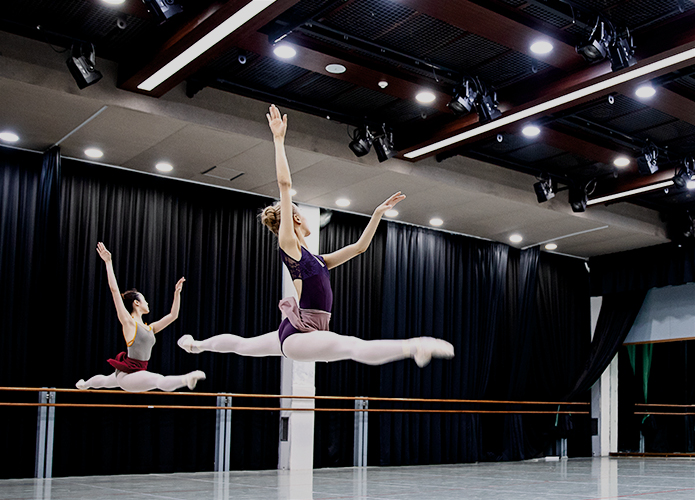
Min Chul Jeon, 22, lives about an hour outside of Seoul and commutes to K-Arts each day. (The majority of students live with their families and commute.) He leaves home at 6:30 am to make his first class at 8 am. Once his classes are finished, he stays on for private coaching until 11 pm most nights. “I’m not going to lie, it’s hard,” Jeon says. “But I look at all of the hard work I’ve put in and I can see how much I’ve grown as a dancer. My one-on-one coaching sessions have been really important—my teachers can pinpoint my weaknesses and quickly correct them, so I’ve been able to improve much faster.”
Performance Experience
Jeon, who wants to join a major international company after graduation, also appreciates the extensive performance opportunities K-Arts offers, whether through international competitions, school productions, galas, or independent projects. “Sometimes, in the summer, we have up to six or seven performances a month,” he says.
Giving students generous amounts of stage time is part of Kim’s educational mission. Performance workshops during the school year allow them to showcase original choreography and classical works, and the school operates its own dance company. Between March and July, many students participate in international ballet competitions, which Kim sees as a chance for them to gain stage experience, demonstrate their skills, and be more global. “Competitions provide them with opportunities to be seen not only by other students but by juries, audience members, by the greater dance world,” says Kim.
Gifted-and-Talented Program
One of Kim’s initiatives at K-Arts was to start KNIGA, a gifted-and-talented program for young dancers between the ages of 9 and 18. The school only selects 34 students in total, and all are on full scholarship. A major strength of the program, says Kim, is that they have considerable performance opportunities from a very young age, “almost at a professional level.”
Their daily schedules are just as intense as the university students’. For example, 12-year-old Bom Park, who has been training at K-Arts for four years, attends regular school during the day until 3 pm, then has a two-hour break before her dance classes from 5–9 pm. She has a half-hour warm-up followed by technique class and then repertoire. Twice a week she also has character and modern dance, as well as strength-and-conditioning classes. Park lives an hour and a half from Seoul, so she typically gets home around 11. She often works on her homework until 2 in the morning.
Park especially admires Boston Ballet principal Ji Young Chae, a K-Arts alumna, and aspires to join The Royal Ballet someday. “The best part about attending K-Arts is that I get to train with the best teachers in Korea and have so many opportunities to perform. It’s really preparing me for my future.”
Interviews interpreted by Min Kim.
